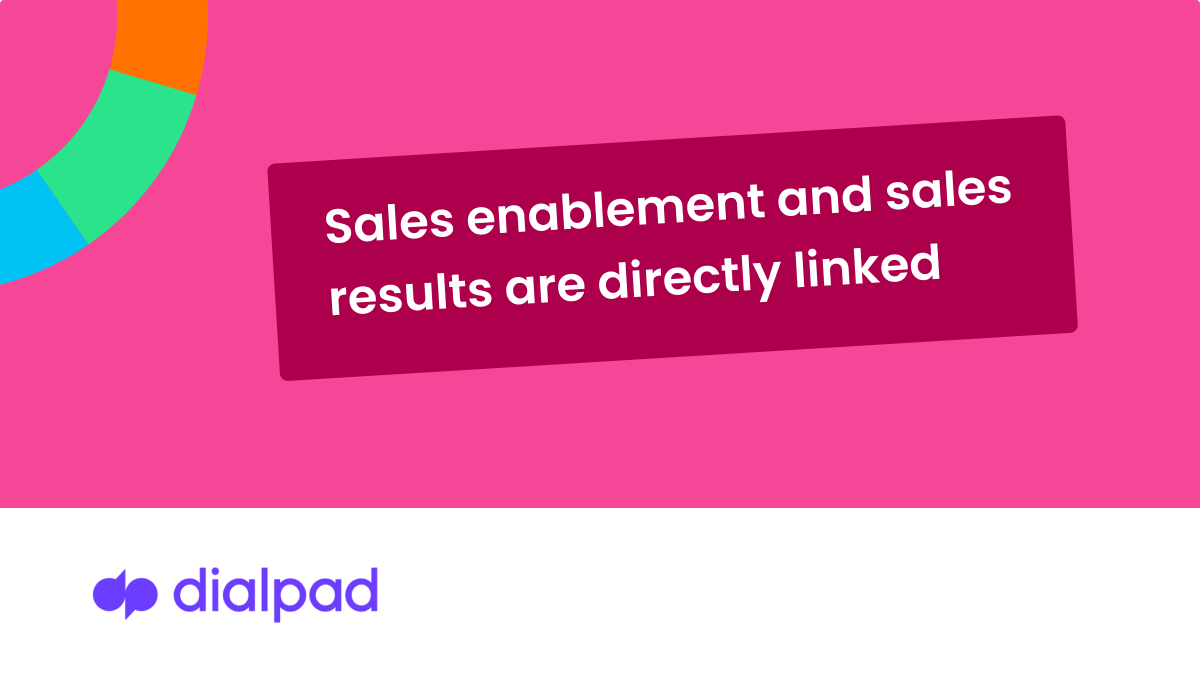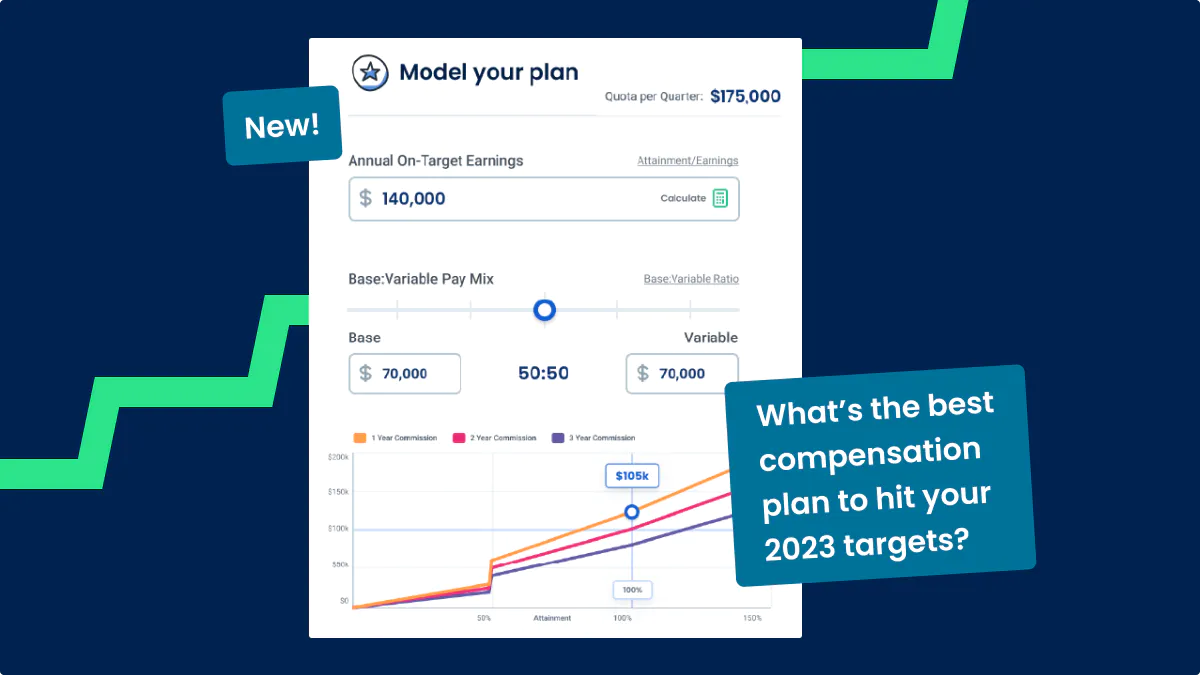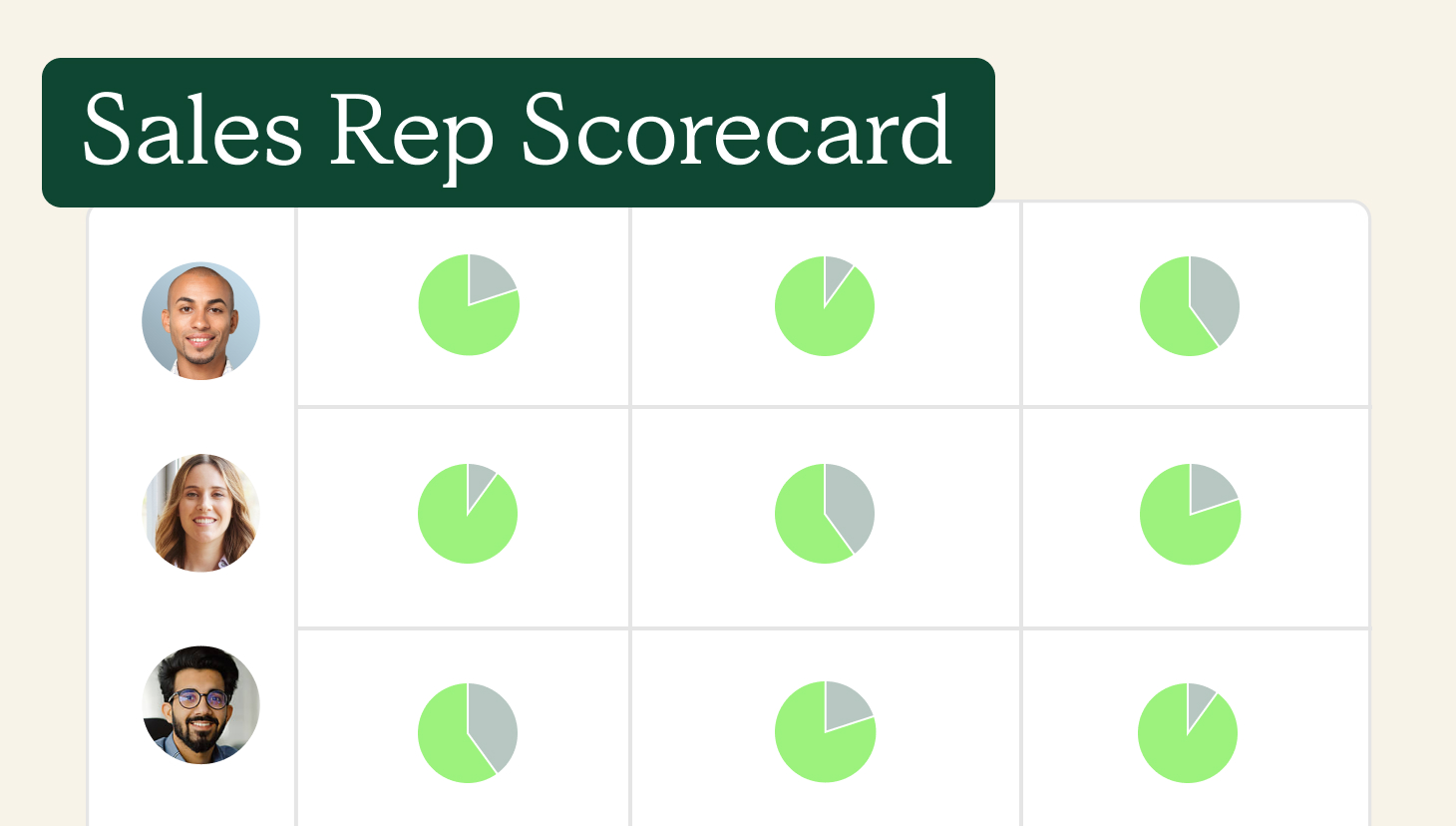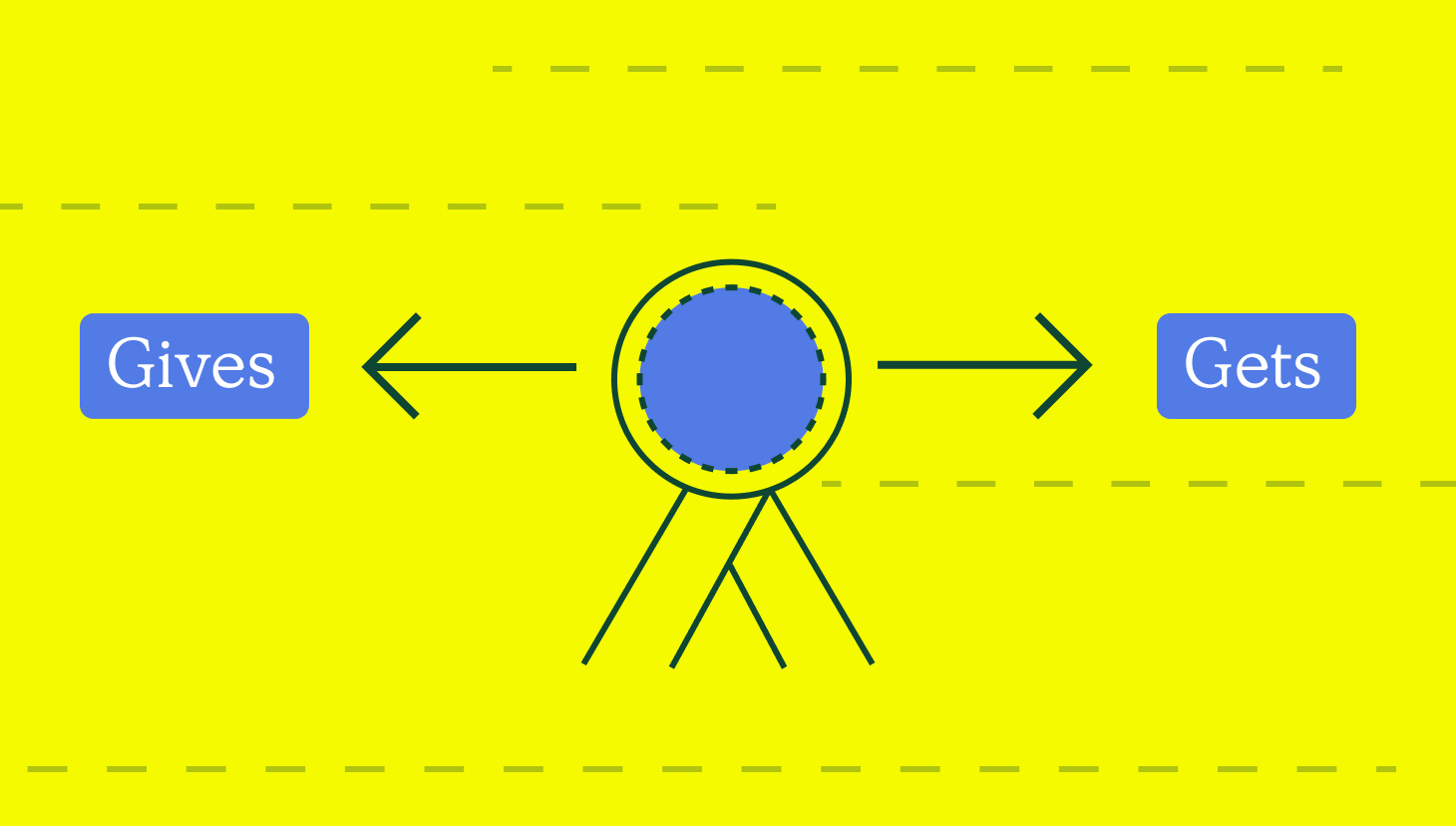This is a guest blog written by Tanhaz Kamaly, a Partnership Executive at Dialpad.
Sales enablement has evolved over the past few years from a trendy concept to a strategic investment for businesses. Today, sales enablement demands a sizable percentage of the budget. If you don’t know how to gauge the success of your sales enablement efforts, you may end up spending a lot of money in vain. Like any business venture, its return on investment requires constant evaluation and monitoring.
So, what is sales enablement? Essentially, sales enablement refers to the various tools and resources you give your sales team to help them perform better, such as a small business PBX phone system, content, and strategies.
Although there are many ways you can provide support, some are more impactful than others. Monitoring these key sales enablement metrics makes it easier for you to track your progress.

10 key sales enablement metrics to track
When any organization invests in new technology such as sales enablement software or even a telephone number for businesses, the main objective is to obtain value for money. Beyond the obvious advantages of team alignment, why spend time, money, and resources on a program if you won’t gain from it?
It might seem challenging to precisely gauge sales enablement’s impact since it offers so many advantages that are difficult to quantify, like increasing team alignment and productivity. So if you’re unsure where to start, these 10 essential metrics will make it easier to measure your sales enablement program.
- Sales cycle length
Each of your sales representatives works a certain number of weekly hours. Of course, the more deals they can close during that period, the more money your company will bring in.
For several reasons, keeping track of the length of the sales cycle is essential. It assists you in defining the weak points in your sales process. Additionally, salespeople can wind up devoting a lot of time to activities that don’t actually provide value. Sales reps tend to invest valuable time on non-revenue tasks that don’t generate income. Among other advantages, recovering this wasted time can increase the likelihood that representatives will hit their targets.

Consider the following points to better manage the length of your sales cycle:
- What is the average sale duration?
- What is the fastest sale duration on record?
- What is the slowest sale duration on record?
- How can you overcome sales objections?
- Lead conversion rate
By monitoring your lead conversion rate, you can assess the efficacy of the whole sales cycle. This can be done from the prospecting stage through the closing stage. Tracking the lead conversion rate will help you identify a baseline, which allows you to spot and react promptly to reductions.
- Number of meetings planned
Unless you are completely dependent on an incoming pipeline, generating new business should be a part of your organization’s objectives. Monitoring sales activity data, such as the number of meetings your salespeople have planned, is an effective way to determine how successful their outreach efforts are.
- Adherence to sales process
Your sales team must comply with the sales process to close profitable deals. Examine the set of behaviors you expect from your sales team at each step of the sales process.

Wait until all expected actions have been taken before proceeding with transactions. Despite the fact that the majority of CRM software does not monitor these actions, a manual tracking system may be implemented. Additionally, it would be useful to see which important selling items and behaviors your sales reps are overlooking.
- Opportunities created
Monitoring the opportunities created by outbound reps in addition to the meetings they set up is a fantastic way to track pipeline-generation function efficiency. By keeping track of the opportunities that are created, you can more accurately evaluate your team’s ability to acquire and convert new business for brand awareness. Keeping track of the opportunities created will also allow you to assess your lead-to-opportunity ratio.
- Performance of marketing materials
You should update your marketing materials regularly. Your team can deploy these marketing materials, including scripts, proposals, guidelines, and articles to help with sales.
The simplest way to manage marketing materials is through a continuous process such as effective inventory management. Marketing materials must be periodically updated to keep track of new information regarding your market and customers. Utilizing a content marketing agency that specializes in your respective industry will help you manage and market your content with the best results.
- Quota fulfillment
Even if your sales representatives consistently schedule meetings and create opportunities, the rate at which they fulfill their quotas is an essential measure to gauge their success. To run a successful program that smashes your sales goals, reps need to work hard to hit their sales quota.
By monitoring quota attainment, you can assess individual performance, which may have an effect on sales compensation. This makes it easier to see which sales reps consistently meet their goals and which ones need further enablement support. It’s also useful to take a broader look at quota achievement. Which regions consistently fulfill their quota? Is the team’s quota met as a whole?
Since quota attainment will likely be closely aligned with the overall revenue goals for your business, it’s advisable to include it as one of the criteria for your sales enablement program.
- Average win rate
A sales team’s “win rate” is calculated as the total number of opportunities you’ve won divided by the overall number of opportunities.
By carefully monitoring your win rate, you can better comprehend your sales team’s success rate. If your staff has the tools and resources required to close deals, they ought to have a high win rate.
If your average win rate is not what it should be, look for trends in unsuccessful deals to identify the root cause. It’s also worth speaking with your sales team to better understand where they require support and provide them with other programs or resources, such as Process Bliss business efficiency solutions. It goes without saying, having the right tools and information will enable them to close more deals.

- Sales pipeline
The sales pipeline is one of the most important KPIs for gauging the effectiveness of your enablement program. This is the most obvious sign of how effectively your enablement program is helping grow your team into successful salespeople.
If your organization can effectively onboard new employees and provide them with the pipeline they need to succeed, you should have a team that consistently delivers positive results.
- Sales team NPS
One of the responsibilities of an enablement expert is to guarantee that the sales reps are supported and given the resources they need to succeed. If your HR department does internal surveys among employees, the sales team’s results can provide valuable insight and help you track your team’s NPS (Net Promoter Score). This reveals whether or not they are happy working for your company. Would they recommend your business to their friends and family?
The world is embracing hybrid working arrangements, which means it’s more challenging than ever to engage with your staff directly. Providing innovative communication tools such as a business cloud phone system might be necessary. Additionally, if your salespeople don’t believe they have the resources and tools they need to succeed or don’t feel a part of the culture of your company, they are more likely to leave.
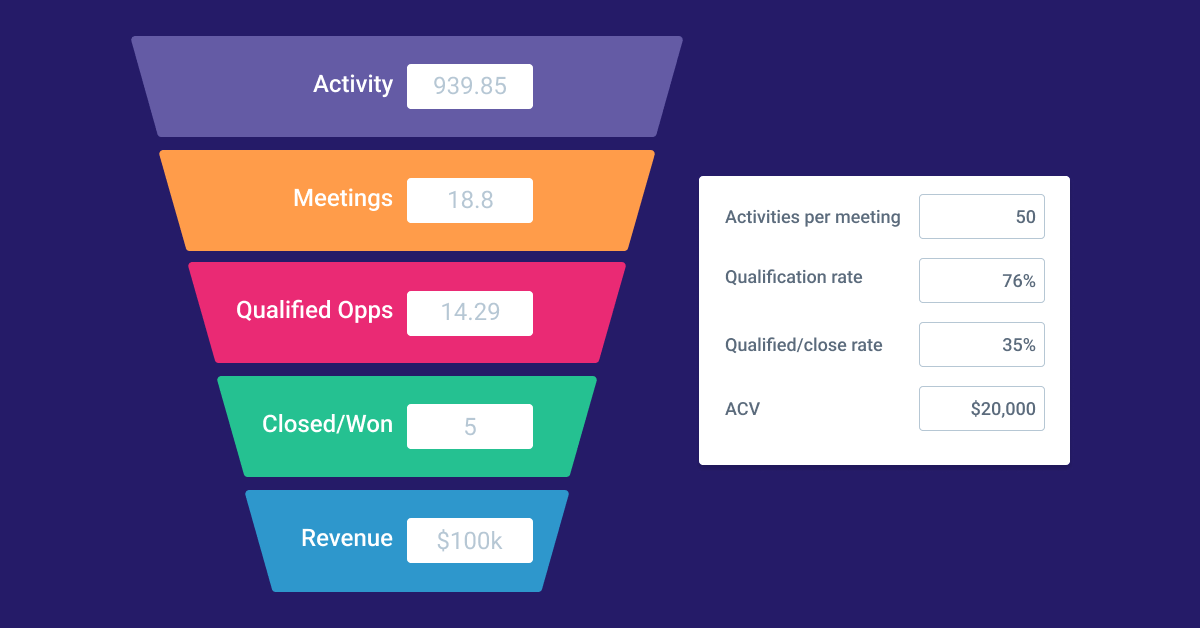
Build a Sales Funnel
Use our free sales funnel resource to see how many meetings your team needs to book to hit quota.
Calculate NowBio:
Tanhaz Kamaly – Partnership Executive, UK, Dialpad UK
Tanhaz Kamaly is a Partnership Executive at Dialpad, a modern cloud-hosted business communications platform that turns conversations into the best opportunities, both for businesses and clients with features like the toll-free number for business by Dialpad. He is well-versed and passionate about helping companies work in constantly evolving contexts, anywhere, anytime. Tanhaz has also written for other domains such as Track-POD and Cybersecurity Insiders.
Check out his LinkedIn profile.
About QuotaPath
QuotaPath sales compensation management software provides real-time commission tracking and automated commission payments by integrating with any CRM. See how it fits into your sales tech stack by scheduling time with their team today.
